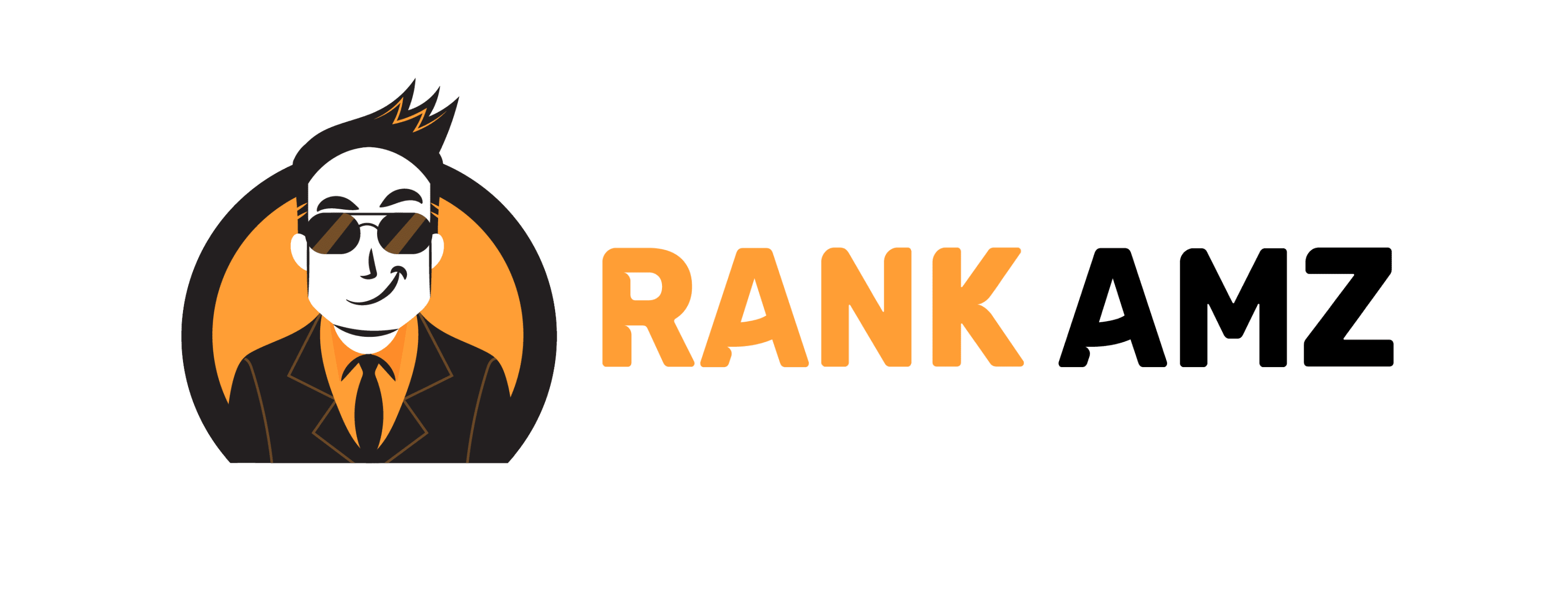I’m a massive fan of online shopping, even more so when the pandemic started. It’s been fun so far, but there are the occasional missing or defective products. However, it’s such a hassle to talk to the seller and negotiate whether I should send the item back at my expense or just let it go and be reimbursed, which would take fourteen business days to be credited back to my account.
Amazon is one of the largest and most popular online stores in the world. You can find everything there, from baby clothes to inflatable swimming pools, and even the odd item occasionally.
Now, I’ve never personally been on Amazon Business Prime, but I’ve heard of horror stories of electronic items suddenly short-circuiting. It makes me wonder what Amazon’s solution is to these kinds of problems.
Now, I’ve never heard of product liability insurance, but Amazon rolled out their brand of insurance, which safeguards both the buyer and the seller. Here’s a step-by-step guide on Amazon Product Liability Insurance and what it means for your business if you’re an Amazon Pro Merchant.
What is Product Liability Insurance?
This kind of insurance helps protect you from buyer claims that a product you sold has exploded and hurt them or someone else. If your business doesn’t have product liability insurance, you might be looking at an account ban and costly lawsuits.
It’s imperative that you, as a seller, have insurance so that when the occasion arises that one of your products causes harm to your buyer, you’re covered from the hospital bills, legal fees, and all other things that might cost a lot of money.
Benefits of having Product Liability Insurance
- All claims up to $1000 or less is covered by Amazon with no cost to the seller.
- Amazon will help you find the perfect Amazon Product Liability Insurance for your business by providing an extensive list of carriers and insurance brokers around the world.
- You’re not only covered on Amazon but other platforms as well, even on your website.
- Whether it’s business liability insurance, commercial liability insurance, or some other kind of insurance, Amazon has got you covered.
However, if there are benefits, there are downsides too. For example, sellers would have to comply by September 1st of this year, giving you such a short amount of time to gather the documents. Also, if you’re typically earning below $10K, you might still need to get insurance. Additionally, if you’re a seller from outside the States, you must get insurance from your country AND have a global protection policy.
These are just a few of the downsides of being an Amazon seller who needs product liability insurance, and the others are technical stuff. However, they’re still a hassle once you think about it extensively.
How to get Amazon Product Liability Insurance
Now, if you have an individual seller account with Amazon, you’re not required to have Amazon Product Liability Insurance. (Although it might help you in the long run.) But if you’re a Pro Merchant, here’s how to get it.

First, you’d have to provide your Certificate of Insurance with Amazon as an additional insured. It’s typically a document with the policy name, coverage, and limits stated.
Now there are several kinds of insurance, such as business general liability insurance, commercial business liability insurance, commercial general liability insurance, general liability insurance, etc. You’d have to find the perfect insurance that would fit your business and its needs.
Certificate of Insurance Requirements
According to General Liability and Bunker, here are the requirements for an Amazon Product Liability Insurance:
- You must present the original document.
- It must list Amazon as an additional insured.
- It must list all provided seller subsidiaries covered by the certificate given to you.
- You must notify Amazon 30 days prior if you cancel, modify your policy, or decide not to renew at all.
- Your Certificate of Insurance must show all the insurance providers or brokers as listed in the Amazon guide
- The document must be completed and signed.
- Binders are not acceptable, so you must take note of that.
- You must have Commercial General Liability, Umbrella or Excess Liability Insurance with a particular coverage amount,
- You must also satisfy the insurance limits by using any combination of the insurance types mentioned above.
As a seller, you must also remember that having excess liability insurance coverage will help you in the long run, so it’s good to consider getting it as additional coverage when getting insurance.
There are additional insurance requirements such as your policy having at least $1M per occurrence, and in aggregate, your insurance must cover all sales from listed products and that it must be valid for at least 60 days from submission.
All these can be found on the Amazon Seller Policy on their website, and there are other details that you mustn’t overlook. These small details will help you in your search for the best policy to get for your business.
Of course, you might want to get your insurance provider, but make sure that it’s on the list that Amazon provided so that you won’t waste time, money, and effort in procuring an insurance policy that will suit you best.
Why get Amazon Product Liability Insurance?
Being a seller is fun, but when something goes wrong, you’ll be facing lawsuits and an empty bank account. While you can, it’s good to have Amazon Product Liability Insurance that will act as a safety net for yourself and your business. It may be hard to understand at first, but Amazon has provided an extensive list of insurance brokers to help you get started on your journey.
It’s best to get insured at the beginning of your business. If you’re feeling cautious and hesitant, it’s normal. However, your qualms will easily be assuaged when you see the benefits of being covered so early.

I’m hoping that you won’t have any problems with your items, but of course, safety is the best policy.



